Install Apache Guacamole on Fedora 37

In this step-by-step guide, we’ll review how to install Apache Guacamole on Fedora 37, enabling you to set up your own remote desktop gateway effortlessly. Table of Contents Introduction In today’s fast-paced digital world, remote access solutions have become an integral part of many organizations and individuals. Whether you’re a system administrator managing multiple servers […]
How to Use SSH Tunneling on Linux
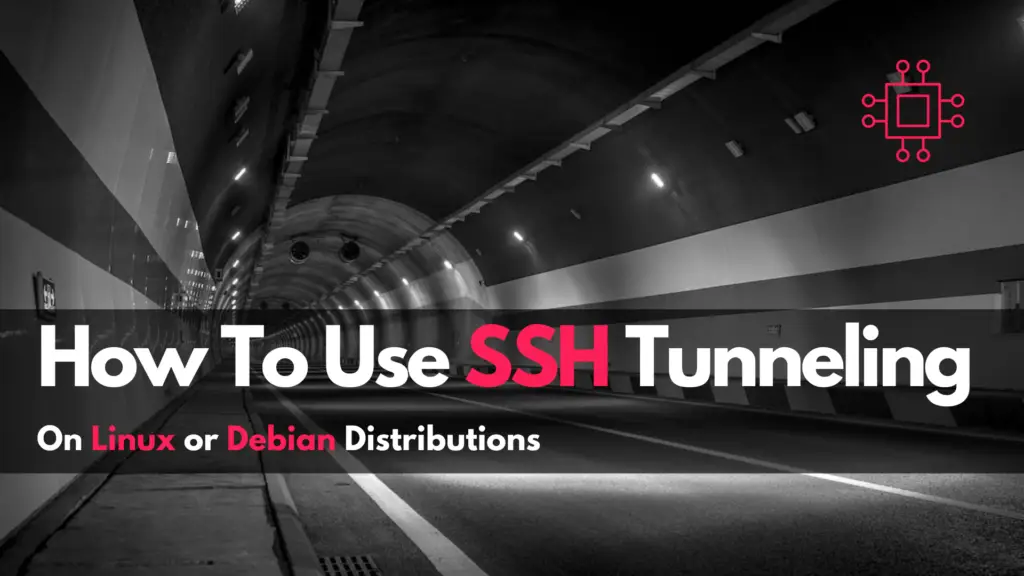
In this article, we will explore how to use SSH tunneling on Linux, as well as, go over some SSH tunneling examples to demonstrate its effectiveness in various use cases. Table of Contents Introduction When it comes to secure networking, SSH (Secure Shell) has long been hailed as a versatile tool. One of its lesser-known […]
Installing and Using Tmux on Linux or Debian Distributions
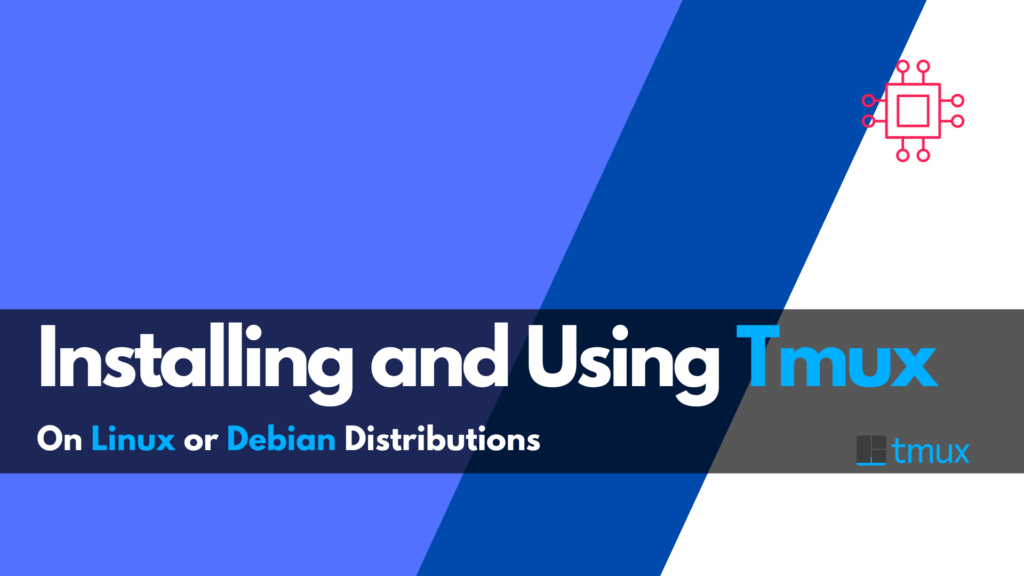
In this article, we will explore the procedure involved with installing and using Tmux on any Linux or Debian-based distribution, empowering you to harness the full potential of this versatile terminal multiplexer. Table of Contents Introduction In the realm of terminal multiplexers, Tmux stands tall as a powerful tool for managing multiple terminal sessions within […]
Streamline IP Address Management with NMCLI Scripts
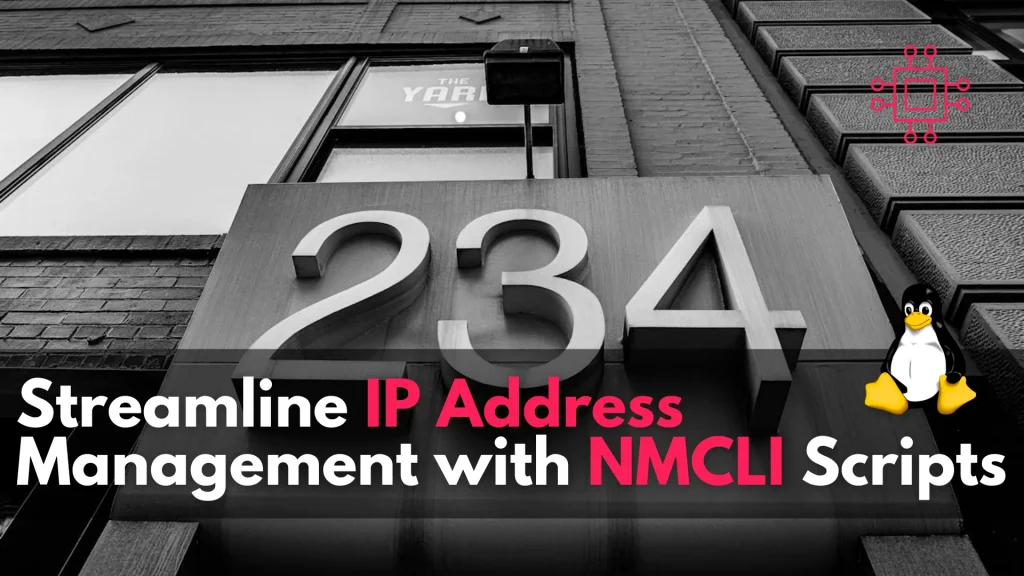
In this post, we’ll explore how NMCLI scripts can streamline IP address management tasks, making network administration smoother and more streamlined. Table of Contents Introduction Managing IP addresses in a network environment can be a tedious and time-consuming task. From assigning static IPs to configuring DHCP settings, network administrators often find themselves grappling with numerous […]
Resize a PNG Image Using Python
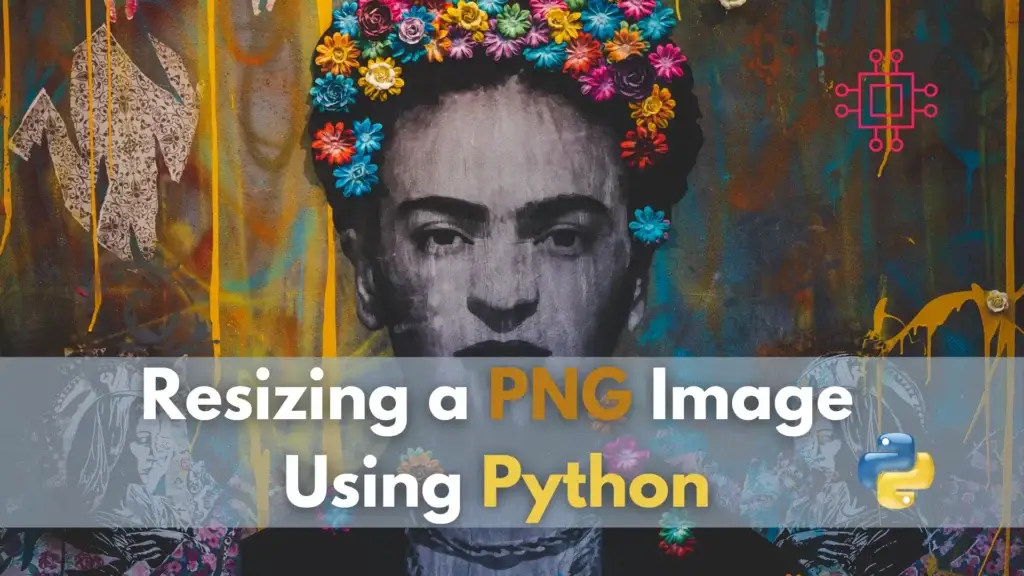
In this article, we will examine how to resize a PNG image using Python, a versatile programming language renowned for its simplicity and power, along with the Pillow library, an essential tool for image processing tasks in Python. Table of Contents Introduction In today’s digital landscape, images are an integral part of various applications, ranging […]
Install WebSphere on RHEL9 or CentOS9

In this article, we will review how to install WebSphere on RHEL9. It will include step-by-step instructions, prerequisites to ensure a smooth installation process, and insights into configuring WebSphere for optimal performance on Red Hat Enterprise Linux 9. Table of Contents Introduction WebSphere, developed by IBM, is a robust and widely used application server that […]
Installing Docker on Fedora 37

In this guide, we’ll walk you through the step-by-step process of installing Docker on Fedora 37, ensuring you’re ready to leverage its benefits efficiently. Table of Contents Introduction In today’s fast-paced development environment, containerization has become an indispensable tool for software developers and system administrators alike. Docker, the leading containerization platform, empowers users to build, […]
Install a Kubernetes Cluster on RHEL 9 | CentOS 9

Learn how to install a Kubernetes cluster on RHEL 9 | CentOS 9. Explore step-by-step instructions, best practices, and considerations for smooth deployment and operation. Dive into the world of container orchestration with confidence! Table of Contents Introduction Hey there, fellow tech enthusiasts! Are you ready to dive into the world of Kubernetes on Red Hat […]
Automate Updates for your Podman Containers
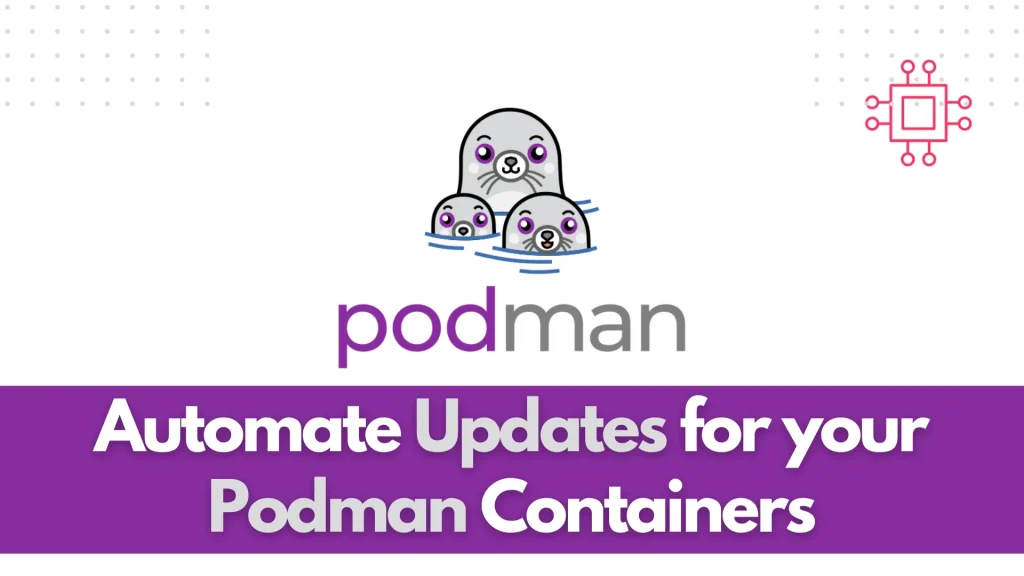
Learn how to effortlessly automate Podman container updates with our complete guide. Say goodbye to manual maintenance tasks and ensure your containers stay up-to-date for optimal performance and security. Dive in now! Table of Contents Introduction Hey there, fellow container enthusiasts! 🐳 Are you tired of manually updating your Podman containers every time there’s a […]
Install Gedit on Ubuntu 23.10
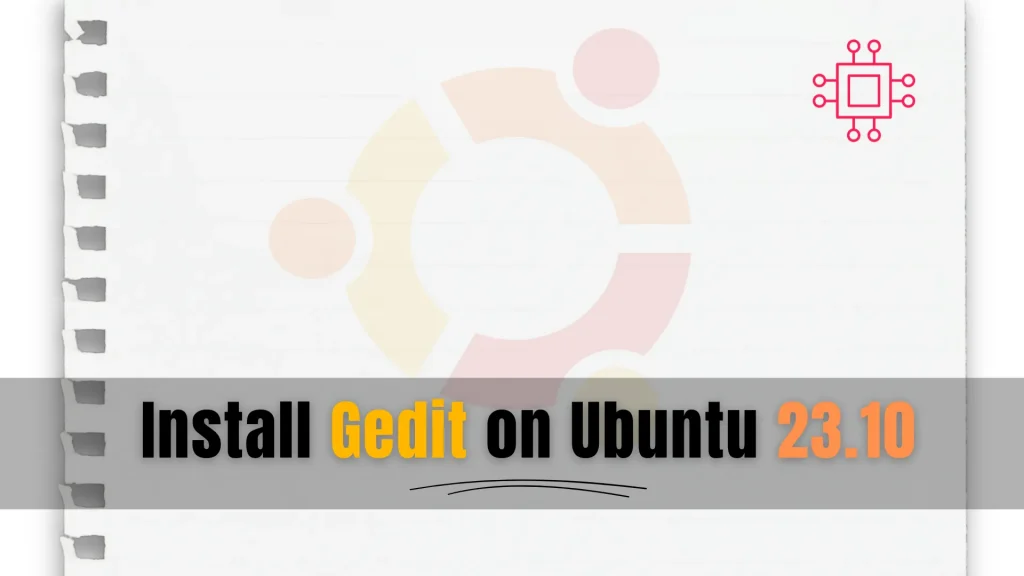
Learn how to easily install Gedit on Ubuntu 23.10 with our step-by-step guide. Discover the benefits of this versatile text editor and customize it to suit your needs. Start coding, note-taking, or editing configuration files hassle-free! Table of Contents Introduction Are you an Ubuntu 23.10 user looking for a reliable text editor? Look no further […]
